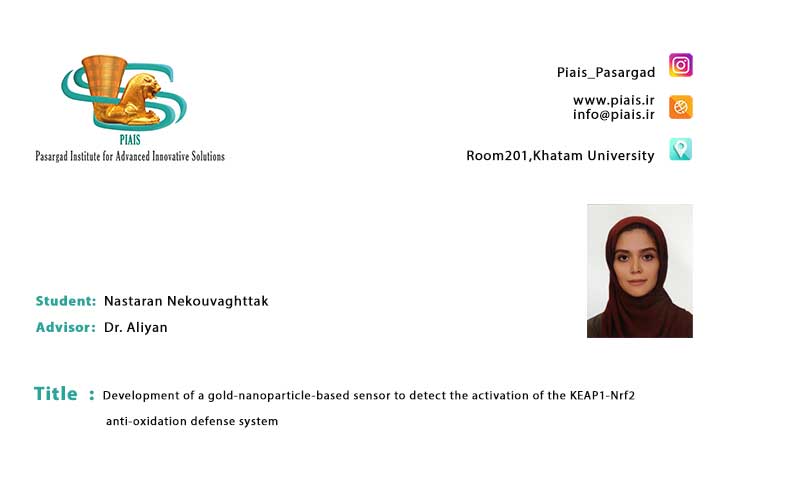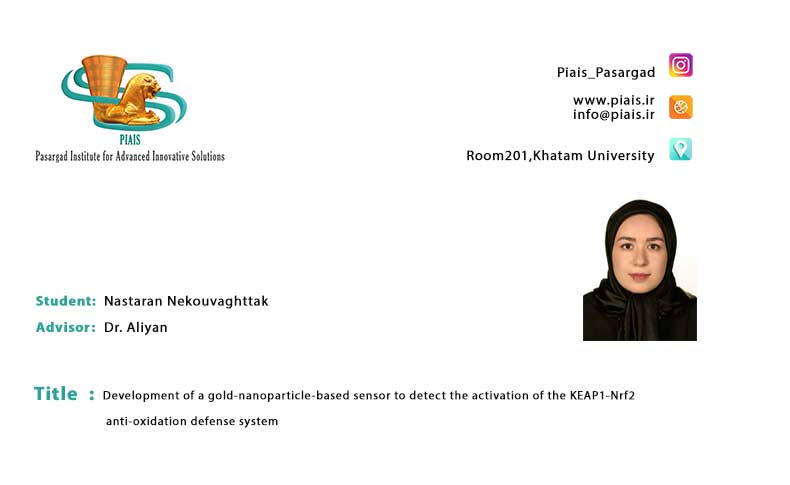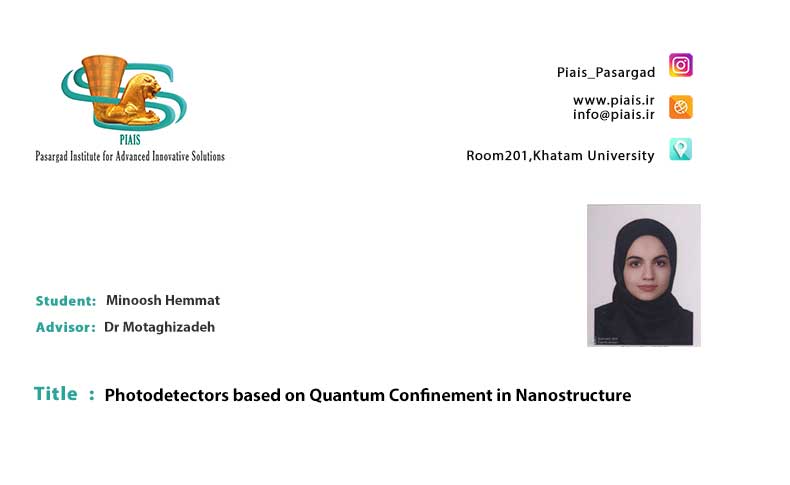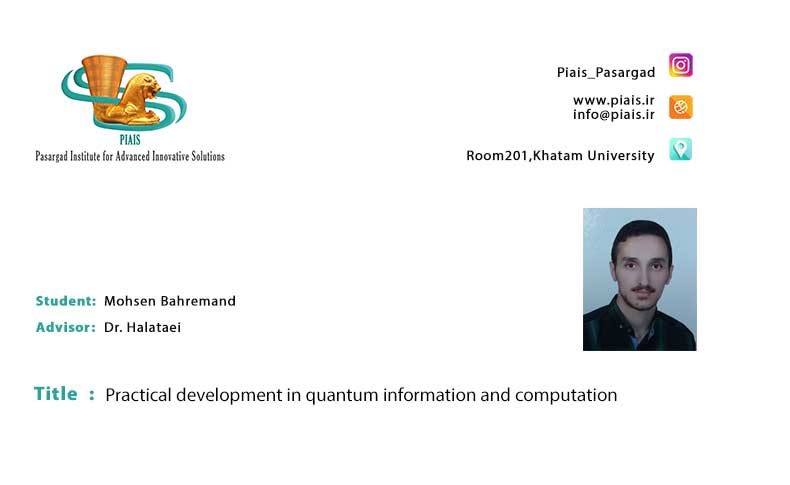
Development of a gold-nanoparticle-based sensor to detect the activation of the KEAP1-Nrf2 anti-oxidation defense system
Abstract
Oxygen is a vital element in every living body. Cells use oxygen to generate energy which could lead to the formation of free radicals. Free radicals are species with an uneven number of electrons. The uneven number of electrons can cause large chain chemical reactions in cells because they react readily with other molecules. To combat radicals, cells utilize antioxidants which donate electrons to free radicals to make them stable and less reactive. An imbalance in free radicals and antioxidants (i.e. highly oxidative conditions) causes major issues and is know as “oxidative stress”. Nrf2 pathway is a potent transcriptional activator which generates antioxidant in order to protect cell against oxidative stress. Under unstressed conditions, Nrf2 is constantly kept in cytoplasm by being bound to keap1 which promotes Nrf2 degradation. However, under oxidative stress, the Nrf2-Keap1 interaction is broken, and Nrf2 is released. This peptide translocate to nucleus and initiates the transcription of antioxidant response element (ARE) in the upstream promoter region of many antioxidative genes. Thus, dissociation of the Nrf2-Keap1 interaction can be interpreted as the presence of oxidative stress. Unsuitable Life style and environmental conditions augments oxidative stress which generates a deleterious process that can damage fatty tissue, DNA, and proteins in body. Proteins, lipids and DNA make up a large part of body. These damages has been linked to more than 50 diseases, including multiple sclerosis, stroke, chronic fatigue syndrome, cancer, obstructive pulmonary disease, psoriasis, rheumatoid arthritis, and various other diseases. Studying oxidation stresses helps prevention of lots of related disease and predict unexpected consequences of novel products we may expose to. In this project, we are aiming to make a biosensor using Keap1-Nrf2 mechanism to measure the amount of oxidation stress. Our designed biosensor works based on the sensitivity of plasmonic of Gold nanoparticle: Sensitivity of Gold nanoparticle even to small environmental changes makes it a great choice for designing a biosensor. We believe that our biosensor could have valuable applications in food industry and environmental studies..

Relations Post



